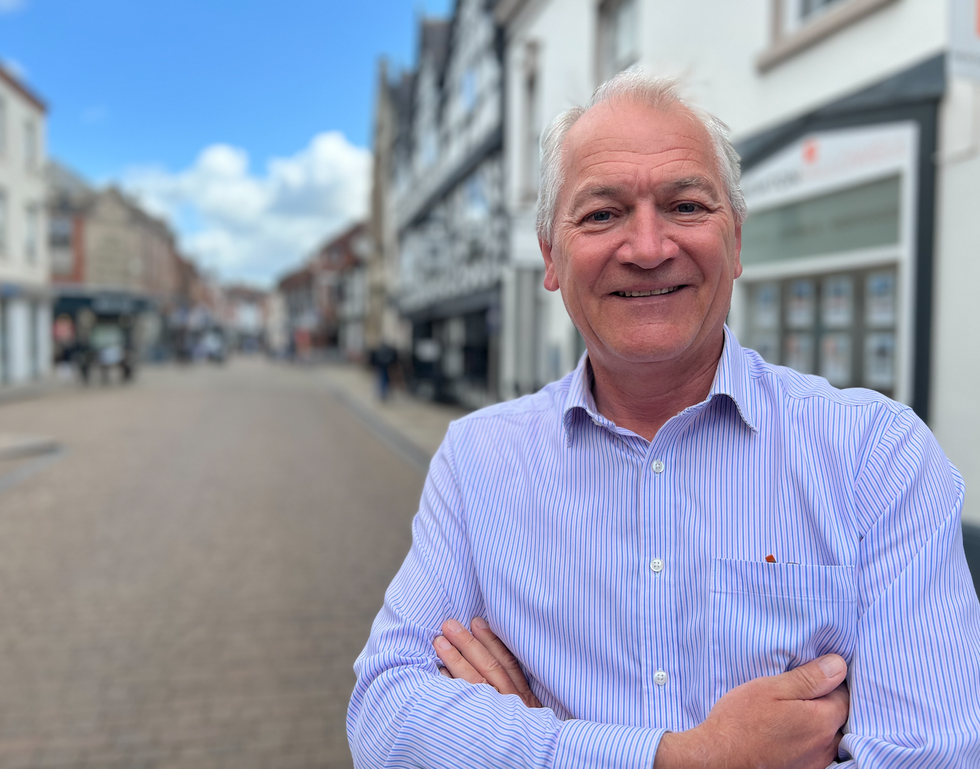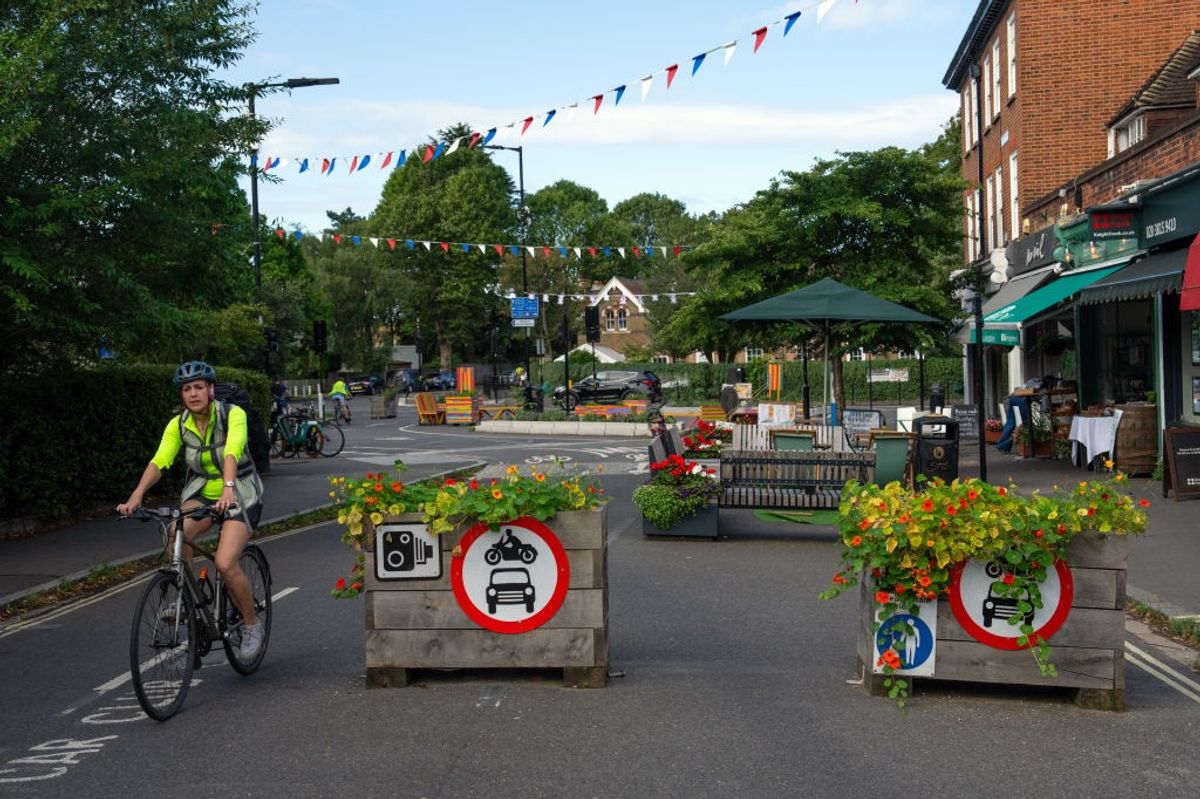The debate around low traffic neighbourhoods (LTNs) has become increasingly polarised. For many independent retailers, the prospect of restricting vehicle access near their shops initially triggers alarm bells. After all, conventional wisdom suggests that cars equal customers.
But what if this assumption is fundamentally flawed?
Our latest High Street Matters podcast reveals a more nuanced and ultimately more optimistic picture. In both London and Birmingham, we've discovered how thoughtfully implemented LTNs can breathe new life into struggling high streets.
Take Wandsworth Bridge Road in London. Prior to the creation of adjacent LTNs, it was a thoroughfare, with 80 per cent of vehicles merely passing through rather than stopping to shop. The creation of adjacent LTNs provided changed things. An annual street fair now attracts 20,000 visitors, and parklets have transformed the pedestrian experience. What was once just a congested road is a destination where people linger – and spend.
In Birmingham's Kings Heath, the pedestrianisation of York Road has transformed a rat-run into what Henry Poultney of Grace and James wine shop describes as having "almost a holiday strip" atmosphere. His business has pivoted from being primarily retail to focusing 75 per cent on hospitality, with outdoor seating creating a continental café culture.
But these success stories come with important caveats. Both demonstrate half-measures don't work – simply blocking a road without additional investment in the streetscape leaves an unfinished project. As Natalie Lindsay from the Wandsworth Bridge Road Association put it, "The places that have fallen foul are places where the councils have tweaked rather than transformed."

This gets to the heart of what makes an LTN succeed or fail for local businesses. The critical factor isn't the traffic reduction itself – it's whether the scheme places the high street at its centre.
Too often, councils implement LTNs with narrow objectives focused solely on reducing vehicle numbers or improving air quality. These are worthy goals, but they miss tremendous opportunities.
For LTNs to work for independent retailers, they need three key ingredients:
First, ambition. Piecemeal approaches that merely displace traffic create more problems than they solve. Councils must think bigger, with comprehensive plans of transformation.
Second, integration. High streets must be at the heart of these plans, not an afterthought. This means involving local traders early on.
Third, completion. Half-finished schemes with temporary barriers and minimal streetscape improvements fail to create the environment that attracts customers.
The evidence suggests that when done properly, LTNs can create vibrant, people-focused spaces where independent businesses thrive. But this only happens when local authorities work hand-in-hand with the business community.




